Discovering Nur Sultan

This is a selection of resources on Discovering Nur Sultan available from the NLB catalogue or the Internet and is not meant to be an exhaustive list.
NLB print and digital resources
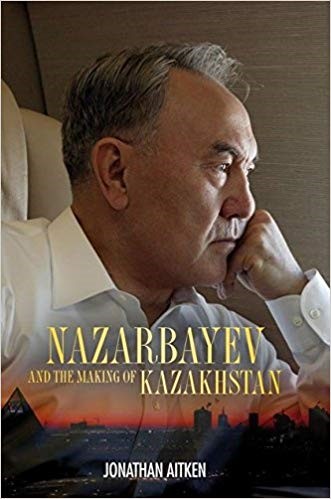
Nazarbayev and the making of Kazakhstan
This book traces the development of Nur-Sultan under the presidency of Nursultan Nazarbayev. It tells a riveting story of how Kazakhstan has capitalised on its natural resources, including oil, to become one of the great economic success stories of the modern era.
All rights reserved, London: Continuum, 2009.
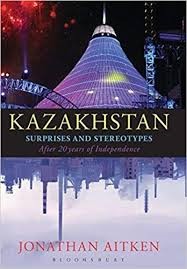
Kazakhstan: Surprises and stereotypes after 20 years of independence
This book looks at the national identity of Kazakhstan, the “newest powerhouse of Asia” and an increasingly successful player on the world stage. From its president to its painters, poets, economists and entrepreneurs, the country is described to be a “nation confidently on the move.”
All rights reserved, London: Continuum, 2012.
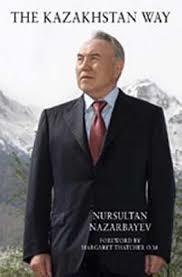
In the economic, political and social arenas, Kazakhstan is increasingly seen as an example of prosperity, sound management, national (while ethnically diverse) cohesion, and international sagacity befitting its pivotal geo-political position.
All rights reserved, London: Stacey International, 2008.
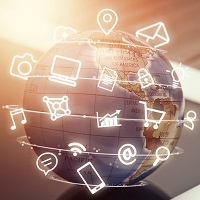
Since 1998, a wave of new, sometimes futuristic, construction has transformed Nur-Sultan. The pace of change has been a testament to the country’s tremendous economic growth, as seen in the glittering buildings designed by the likes of renowned British architect Norman Foster, that have sprang up in just a few years.
Retrieved from ProQuest Central. (myLibrary ID is required to access this database).
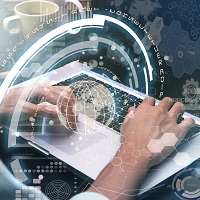
Kazakhstan is targeting tourism as a key growth area, as the country looks to diversify its sources of income and reduce its reliance on commodities. Development of tourism is focused on several areas, including Nur-Sultan, Heart of Eurasia; Almaty, Free Cultural Zone of Kazakhstan; Revival of the Great Silk Road; Caspian Gates (beach tourism and cultural tourism); and the Pearl of Altai (the World of Natural Wonders and ecological tourism).
Retrieved from ProQuest Central. (myLibrary ID is required to access this database).
You may also like
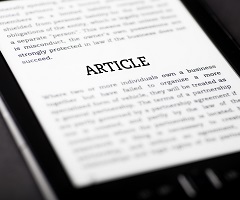
Eco-friendly transportation may be the next big thing in Kazakhstan
This article reports that traditional diesel buses in Kazakhstan’s city streets could gradually become a thing of the past as officials in Nur-Sultan plan to launch fleets of electric buses to curb air pollution and carbon emissions.
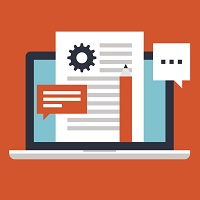
Kazakhstan’s capital seeks new role amidst shifting global markets
The city of Nur-Sultan is reported to be joining a long list of global financial centres. Kazakhstan may not be well-known as a financial centre, but this looks set to change, thanks to its central location near Asia, Russia and Europe.
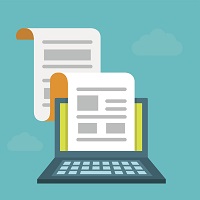
Nur-Sultan: “Smart City” pioneer
The World Tourism Organisation (UNWTO) held its annual global conference in Nur-Sultan in 2019, thanks to the city’s use of smart technology to improve residents’ lives. One example is the city’s mobile application that gives residents access to more than 75 services in the city, including public transport, education, taxes and medical services.
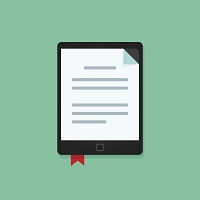
Kazakhstan’s capital, Nur-Sultan, is described as the “youngest city” in the world. This video showcases the city’s historical roots and as well as its modern attractions including the city’s parks and sports grounds.

